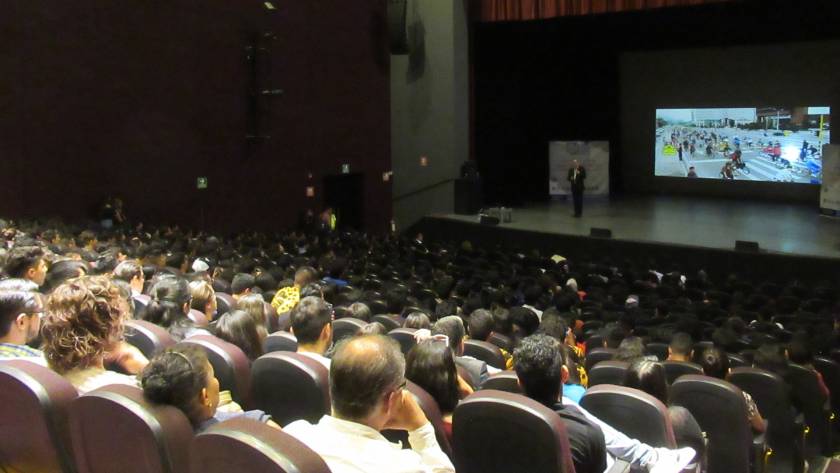





Key Takeaways
⇢ Public spaces are essential civic infrastructure for leisure as well as building social
trust, cohesion, and equity.
⇢ Investments in public spaces need to be equitably distributed, with a focus on
underserved, racially marginalized communities.
⇢ Traditional evaluation methods to measure public space impact need to be
updated and should incorporate factors such as social trust, civic engagement,…





Key Takeaways
⇢ Design with children, not for them.
⇢ Sensory-rich environments, especially those engaging all five senses, are critical
for early childhood development.
⇢ Nature-based play influences physical health, cognitive growth, and emotional well-
being through sensory engagement, motor skill development, and risk navigation.
⇢ Good design requires intentionality: co-design with children and caregivers and
support through policy, operations, and land-use…

Key Takeaways
⇢ Urban form directly affects mental, physical, and social health.
⇢ Planners, transport professionals, and climate advocates should use health
framing to drive urban transformation.
⇢ A mix of social, student, workforce, and market housing was built through
partnerships with unions, nonprofits, and developers.
Summary
a. Health-centred Decision Making
○ Inspired by health-focused urban research, Reykjavík adopted land use
strategies…

